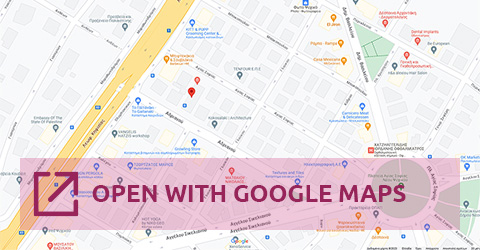In Vitro Fertilization (IVF) has become one of the most common procedures performed worldwide, in order to treat fertility problems. IVF refers to the process where a woman’s eggs are fertilised with male sperm outside her body in a laboratory to produce embryos. These embryos are then transferred to the woman’s uterus, typically after 2 to 5 days later.
IVF is treatment of choice for several reproductive disorders, such as:
- Couples with unexplained infertility
- Women with endometriosis and blocked or damaged fallopian tubes
- Men with abnormal semen parameters (please also read ICSI section)
There are different protocols that can be used, depending on a woman’s age, weight, height, previous response to IVF attempts, as well as each woman’s personal preference and other factors.
Natural cycle IVF
In this case, a woman’s cycle is followed up by regular ultrasound scans and when the follicle reaches about 18mm in size, the one and only egg naturally produced during her cycle, is collected, in the same manner as with a drugs-stimulated cycle (please see below). Clearly, in this case, the woman takes no drugs to stimulate her ovaries. As a result, no complications related to hormones (such as ovarian hyperstimulation-OHSS) are expected. Additionally, this may be a good technique in cases of low response to fertility drugs.
IVF with drugs stimulation
Prior to IVF treatment, each woman is prescribed fertility medications, based on her individual needs. Treatment consists of daily injections with tiny needles, under her skin, lasting between 2 and 3 weeks, depending on response and protocol used. During this period of time, she is regularly monitored through ultrasound scans and blood testing. Modifications of the dosage of drugs may be necessary, based on these findings.
Once mature follicles have been produced by the ovaries, the eggs are collected under sedation, using an ultrasound-guided needle through the vaginal wall and into the ovaries. The patient is able to leave about an hour later. Minimal discomfort and possibly vaginal bleeding is expected, following the procedure.
On the same day of the egg collection, a semen sample is produced by the male partner. The prepared sperm and eggs are then cultured together in the laboratory.
Around 24 hours later, the eggs are inspected for signs of fertilisation. Eggs which show normal fertilisation (now called embryos) are further cultured in the laboratory. Depending on previous history and individual circumstances and development of embryos, transfer into the uterus takes place, between 2 and 5 days later. In certain circumstances, it is best to allow the embryos to grow into blastocysts. This is particularly necessary, if PGD/PGS (chromosomal analysis of the embryos) needs to be performed.
Prior to embryo transfer, a detailed discussion about the number of embryos and their quality/grading will take place with each couple, in order to decide how many embryos will be transferred. This procedure is performed without anesthetic, using a small catheter which is inserted through the vagina into the uterus, under ultrasound guidance, for best results.
This is usually a straight forward procedure with only little or no discomfort caused.
All remaining embryos of good quality will be cryopreserved for use by the couple in the future.







